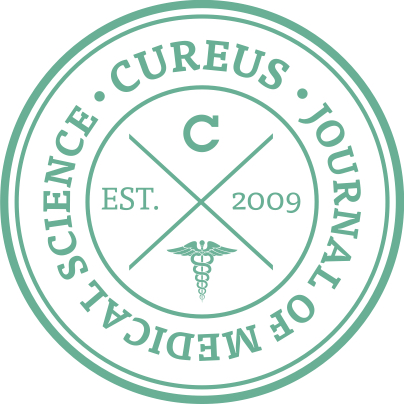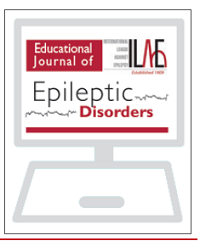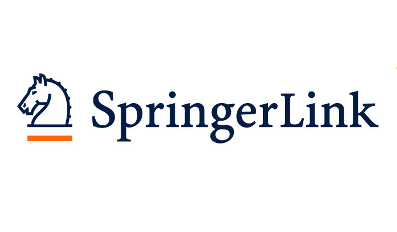 “Several natural compounds have demonstrated potential for the treatment of central nervous system disorders such as ischemic cerebrovascular disease, glioblastoma, neuropathic pain, neurodegenerative diseases, multiple sclerosis and migraine.
“Several natural compounds have demonstrated potential for the treatment of central nervous system disorders such as ischemic cerebrovascular disease, glioblastoma, neuropathic pain, neurodegenerative diseases, multiple sclerosis and migraine.
This is due to their well-known antioxidant, anti-inflammatory, neuroprotective, anti-tumor, anti-ischemic and analgesic properties. Nevertheless, many of these molecules have poor aqueous solubility, low bioavailability and extensive gastrointestinal and/or hepatic first-pass metabolism, leading to a quick elimination as well as low serum and tissue concentrations.
Thus, the intranasal route emerged as a viable alternative to oral or parenteral administration, by enabling a direct transport into the brain through the olfactory and trigeminal nerves. With this approach, the blood-brain barrier is circumvented and peripheral exposure is reduced, thereby minimizing possible adverse effects.
OBJECTIVE:
Herein, brain-targeting strategies for the nose-to-brain delivery of natural compounds, including flavonoids, cannabinoids, essential oils and terpenes, will be reviewed and discussed. Brain and plasma pharmacokinetics of these molecules will be analyzed and related to their physicochemical characteristics and formulation properties.
CONCLUSION:
Natural compounds constitute relevant alternatives for the treatment of brain diseases but often require loading into nanocarrier systems to reach the central nervous system in sufficient concentrations. Future challenges lie in a deeper characterization of their therapeutic mechanisms and in the development of effective, safe and brain-targeted delivery systems for their intranasal administration.”

 “Neurofibromatosis type 1 (NF1) is a common genetic disorder. Pain is a major symptom of this disease which can be secondary to the development of plexiform and subcutaneous neurofibromas, musculoskeletal symptoms (such as scoliosis and pseudoarthrosis), and headaches. Visible neurofibromas add significant psychosocial distress for NF1 patients. Along with the chronic pain, psychosocial distress contributes to associated mood disorders, such as depression and anxiety.
“Neurofibromatosis type 1 (NF1) is a common genetic disorder. Pain is a major symptom of this disease which can be secondary to the development of plexiform and subcutaneous neurofibromas, musculoskeletal symptoms (such as scoliosis and pseudoarthrosis), and headaches. Visible neurofibromas add significant psychosocial distress for NF1 patients. Along with the chronic pain, psychosocial distress contributes to associated mood disorders, such as depression and anxiety. “Confident relationships between diabetes and liver damage have previously been established.
“Confident relationships between diabetes and liver damage have previously been established.
 “CBD was shown to have anti-seizure activity based on in vitro and in vivo models.
“CBD was shown to have anti-seizure activity based on in vitro and in vivo models. “Controlled and open label trials have demonstrated efficacy of
“Controlled and open label trials have demonstrated efficacy of  “The behavioural effects elicited by chemical constituents of Cannabis sativa, such as
“The behavioural effects elicited by chemical constituents of Cannabis sativa, such as  “Stress is a risk factor for psychosis and treatments which mitigate its harmful effects are needed.
“Stress is a risk factor for psychosis and treatments which mitigate its harmful effects are needed. “Alzheimer’s disease (AD), the leading cause of dementia in the elderly, is a neurodegenerative disorder marked by progressive impairment of cognitive ability. Patients with AD display neuropathological lesions including senile plaques, neurofibrillary tangles, and neuronal loss.
“Alzheimer’s disease (AD), the leading cause of dementia in the elderly, is a neurodegenerative disorder marked by progressive impairment of cognitive ability. Patients with AD display neuropathological lesions including senile plaques, neurofibrillary tangles, and neuronal loss. “In traditional medicine, Cannabis sativa has been prescribed for a variety of diseases. Today, the plant is largely known for its recreational purpose, but it may find a way back to what it was originally known for: a herbal remedy. Most of the plant’s ingredients, such as Δ-tetrahydrocannabinol,
“In traditional medicine, Cannabis sativa has been prescribed for a variety of diseases. Today, the plant is largely known for its recreational purpose, but it may find a way back to what it was originally known for: a herbal remedy. Most of the plant’s ingredients, such as Δ-tetrahydrocannabinol,